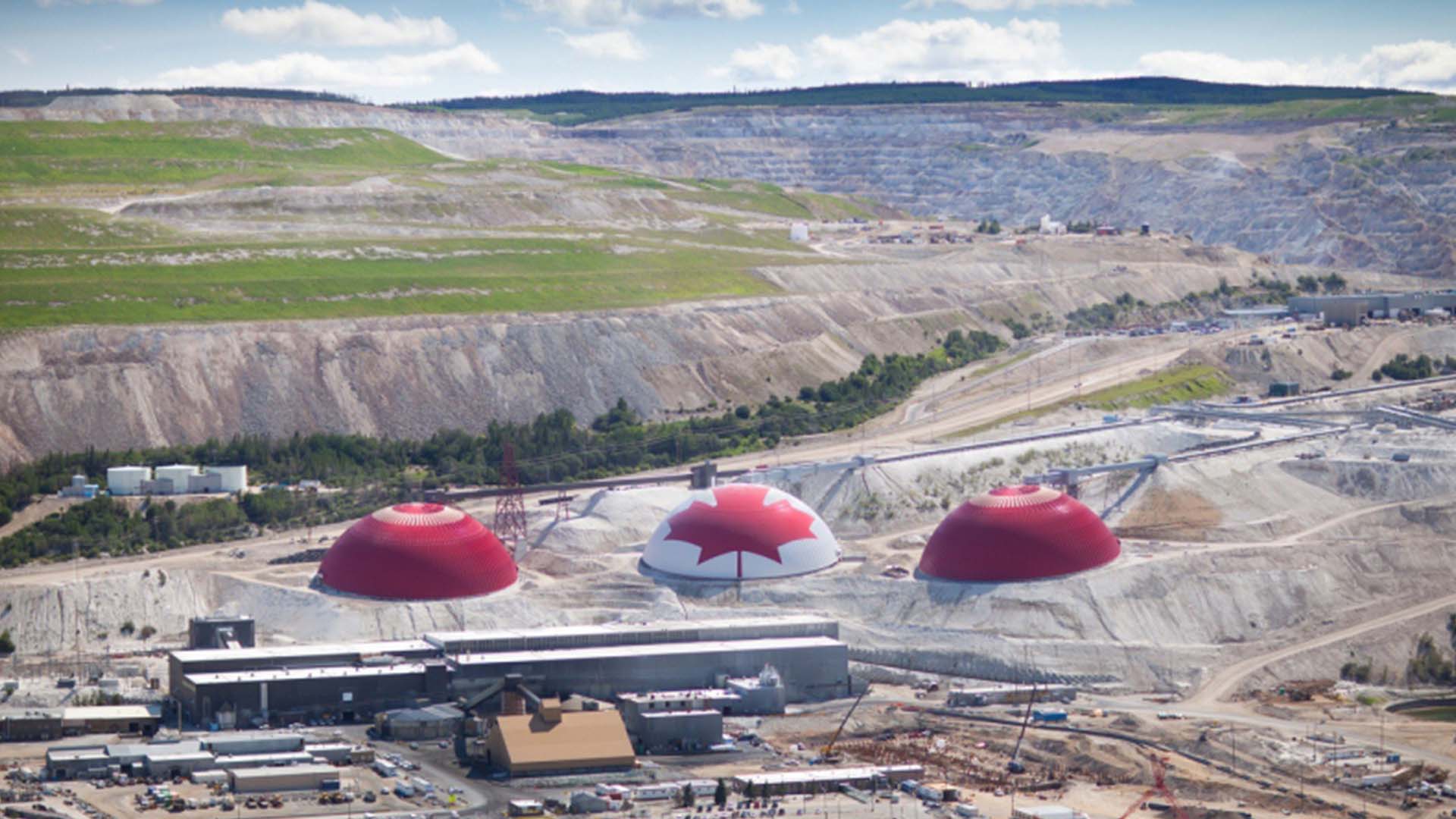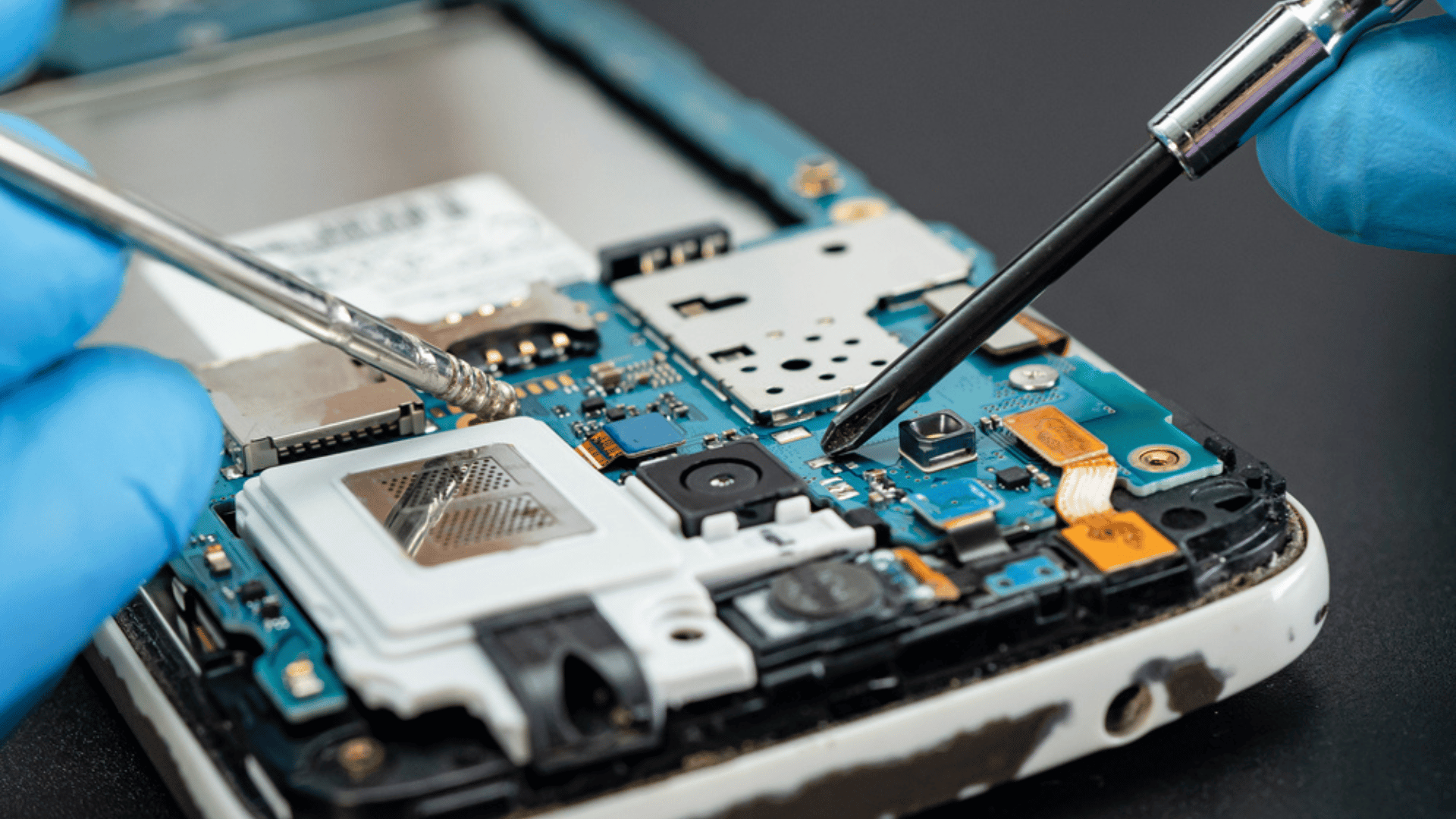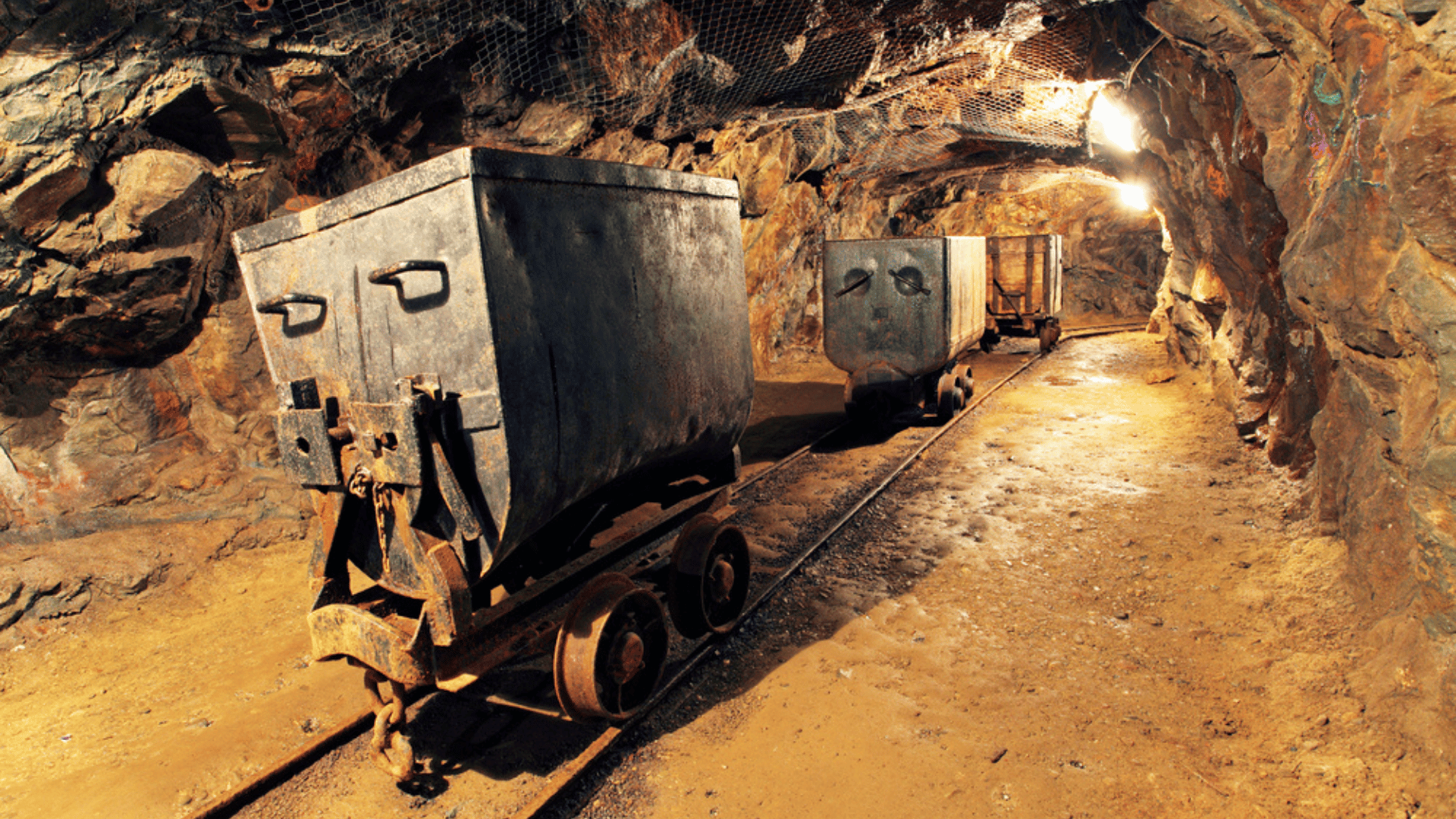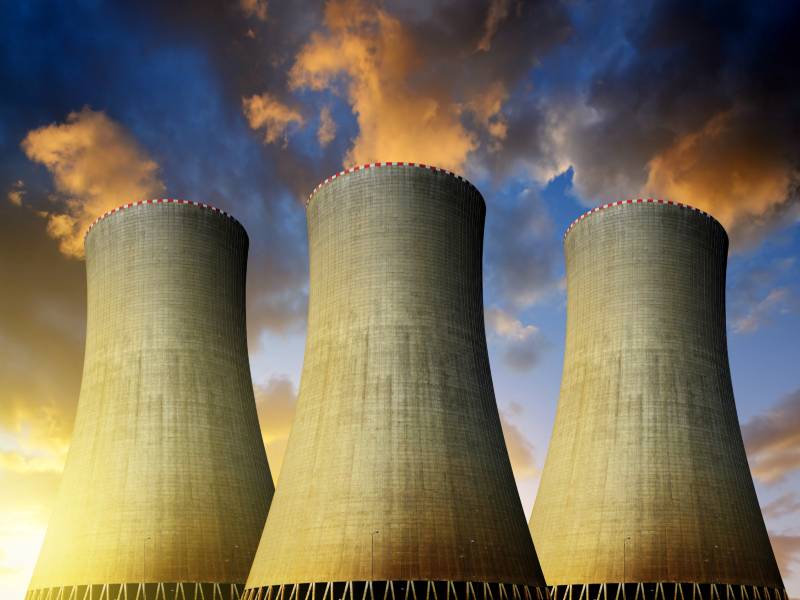Naturally conductive copper is one of the crucial minerals when it comes to transitioning to clean energy, including the manufacturing of EV batteries, electric vehicles, solar panels, wind turbines, infrastructure, and power grids that connect renewable sources to businesses and homes.
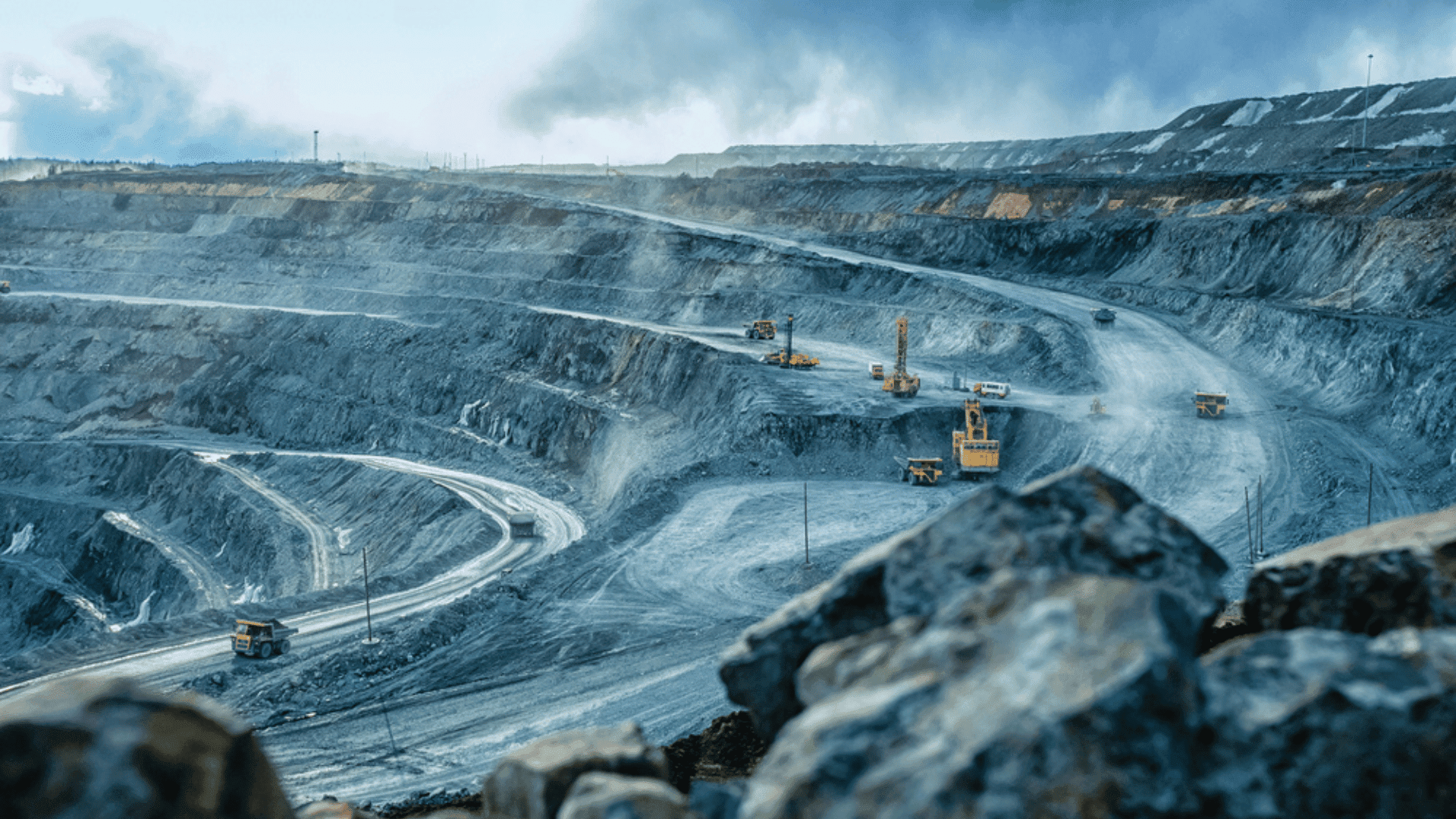
Throughout history, copper has been important for technological progress, from primitive tools in the Neolithic period to the development of the electric power grid.
Copper’s combination of conductivity and ductility makes it ideal for electrical uses, which is important because electrification is essential to clean energy transition. Copper output is needed now more than ever because low-carbon technologies typically require more metal than their higher-carbon counterparts.
For example, off-shore wind uses three times more copper than coal-fired power generation in terms of tons per gigawatt of capacity. Additionally, an upper-end electric car might include about 172 pounds of copper per vehicle, compared to about 48 pounds in an equivalent gasoline-fueled model.
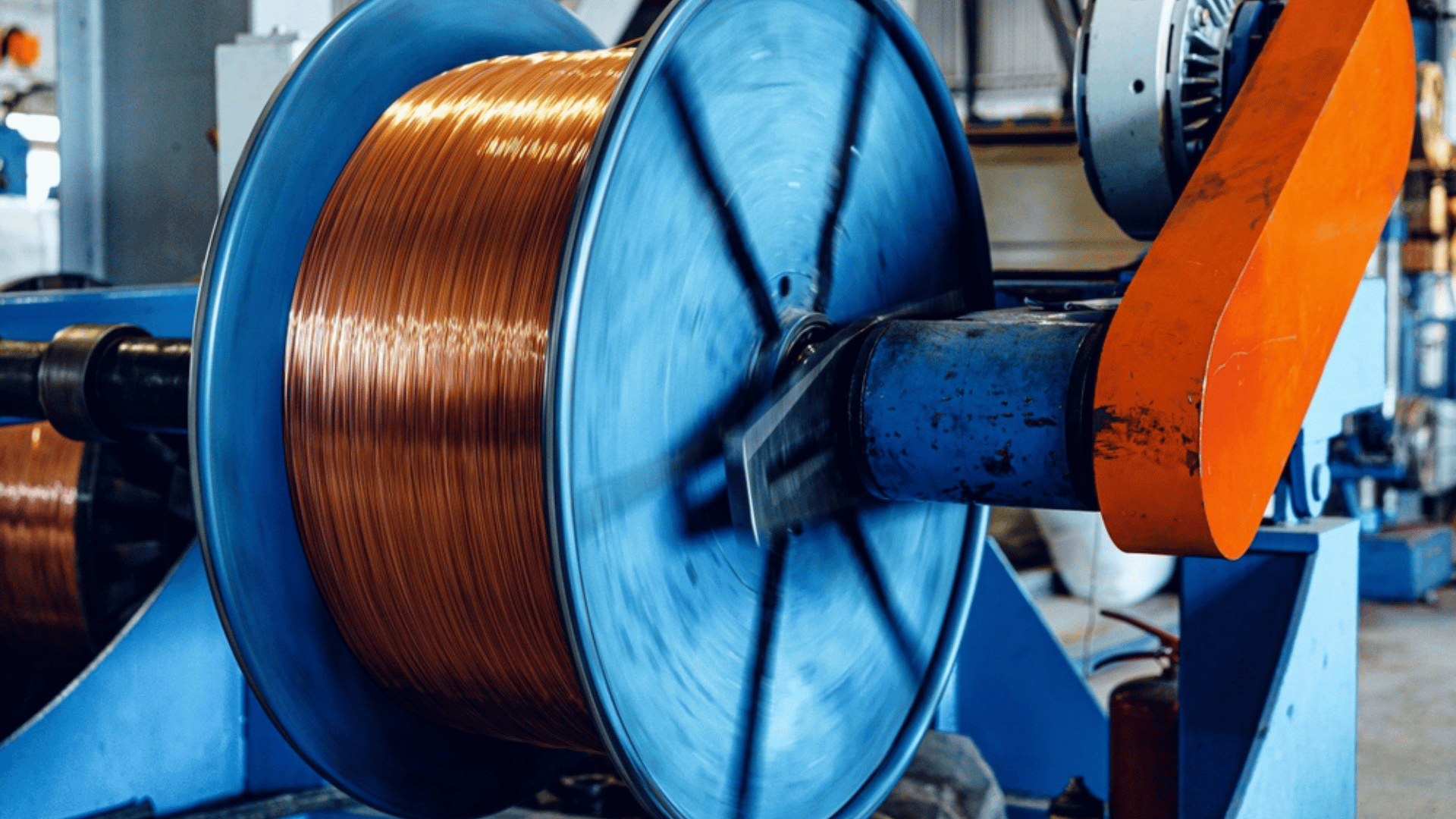
Explore Tomorrow's World from your inbox
Get the latest innovations shaping tomorrow’s world delivered to your inbox!
I understand that by providing my email address, I agree to receive emails from Tomorrow's World Today. I understand that I may opt out of receiving such communications at any time.
Rapid urbanization, particularly in emerging economies, requires more infrastructure, energy grids, and transportation which also require more copper. The increased manufacturing of 5G networks and Internet of Things (IoT) devices rely on copper for efficient connectivity.
The percentage of global copper demand coming from “green” sectors, such as renewables and EVs, is predicted to double over the next 10 years from about 8% to about 16%. According to Wood Mackenzie’s base case forecast, world copper consumption will rise about 24% between 2023 and 2033, reaching approximately 32 million tons a year.
Due to the increase in clean energy projects and the rise in copper demand, the need to establish new mining projects is crucial.
“Mining is a long-term business,” said Clayton Walker, COO of Rio Tinto Copper, in an email to CNBC. “Bringing a new greenfield project online can take decades.”
While the process of establishing new projects can be slow, particularly when it comes to getting investors, companies are focusing on getting the most out of their existing projects.
S&P Global Market Intelligence projects that copper demand could outpace supply by around 50 million tonnes (Mt) per year by 2035. For perspective, this is twice as much copper as humankind used over the period 1900–2022 as the Industrial Revolution intensified and spread.

According to a note from Goldman Sachs analyst Aditi Rai, green uses of copper had a 4% share in copper consumption in 2020 and this is expected to more than quadruple to 17% by 2030. He estimated that a net-zero emissions pathway would create the need for 54% more copper on top of that in 2030.
Keeping up with the copper demand requires a multi-faceted approach. In addition to finding new ways to increase mining output, copper suppliers are working to develop technologies that use copper more efficiently, investing in research to identify new sources of copper, and promoting the recycling of copper.
“Copper has a huge part to play in the energy transition,” Nick Pickens, research director of global mining at Wood Mackenzie, stated to CNBC. “We need it, it’s going to be there and there’s a great story for it. Fundamentally, copper is a necessity for powering the future.”
Tune in to the Science Channel to watch Beneath the Surface at 10 AM EST on Saturday, April 27!


